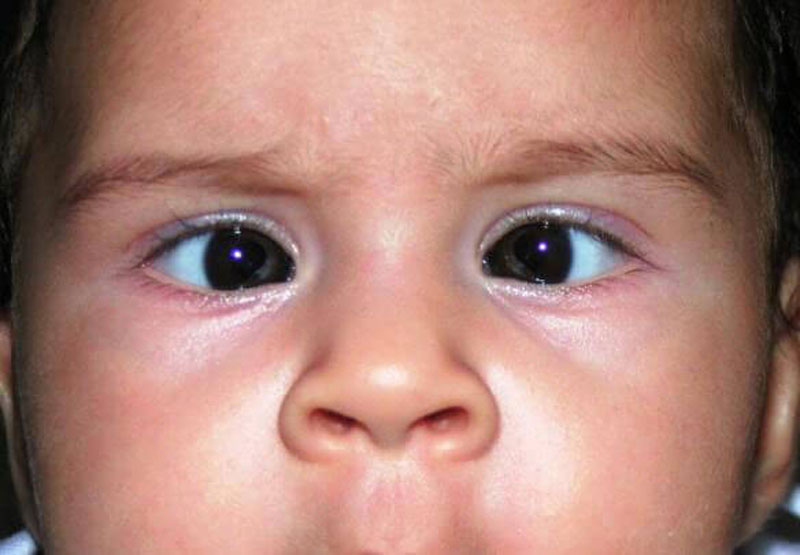 A condition in which the eyes focus on different points.
A condition in which the eyes focus on different points.
Squint, or strabismus, is a condition in which the visual axes of each eye are not directed simultaneously at the same fixation point (i.e. the eyes do not point at the same object at the same time). Squints may be: (a) Paralytic, where one or more of the muscles, or their nerve supply is damaged; this type usually results in double vision. (6) Non-paralytic, where the muscles and nerves are normal. It is usually found in children. This type of squint can be either the cause or the effect of poor vision.
Abnormality in which the right and left visual axes do not bear toward an objective point simultaneously.
Medically referred to as strabismus, a squint occurs when one eye deviates in relation to the other. The eye can turn either inward, known as convergent squint, or outward, called divergent squint.
Many infants experience a squint because their eye alignment system is still under development. If a squint emerges later in childhood, it’s often due to a malfunction in this alignment system, with farsightedness often playing a role. In some instances, the brain may also suppress the image coming from the misaligned eye, resulting in reduced visual acuity, also known as amblyopia.
In adults, a misalignment of the eyes can be an indicator of conditions like stroke, diabetes, multiple sclerosis, overactive thyroid, or a tumor. Squinting in adults often leads to seeing double.
For children up to the age of six or seven, treatment may involve patching the stronger eye to encourage use of the weaker one. Corrective glasses and/or surgical procedures may also be employed to address the eye misalignment. In adults, the sudden appearance of a squint could signal a serious underlying issue and should be promptly evaluated.
